I3C Broccoli Extract
2 in stock
- Prevents all types of cancer
- Prevents breast cancer in pre-menopausal women
- Fights bladder cancer
- Reduces the risk of cardiovascular disease
>>>Read More
27,720CFA
2 in stock
BROCCOLI EXTRACT
The excellence drug to fight against benign and malignant tumors (cancers) and restore hormonal balance
Benefits:
- Broccoli extract fights against cancers: lung, ovarian, prostate, kidney, colon and especially breast cancer;
- Broccoli extract prevents all types of cancer;
- Broccoli extract prevents breast cancer in pre-menopausal women;
- Broccoli extract reduces the risk of cardiovascular disease;
- Broccoli extract reduces mortality due to cardiovascular disease, especially in postmenopausal women;
- Broccoli extract reduces the risk of macular degeneration and cataracts;
- Broccoli extract slows cognitive decline;
- Broccoli extract stimulates intestinal transit;
- Broccoli extract purifies the liver;
- Broccoli extract improves eyesight;
- Broccoli extract strengthens the immune system;
- Broccoli extractfights against flu and bronchitis;
- Broccoli extract fights against cases of anemia because very rich in vitamin B;
- Broccoli extract destroys breast cysts;
- Broccoli extract prevents the evolution of fibrous tumors;
- Broccoli extract fight against the benign hypertrophy of the prostate;
- Broccoli extract possesses anti-inflammatory properties;
- Broccoli extract fights against stress and anxiety.
Cultivated since antiquity on the shores of the Mediterranean, or at least since the middle Ages, broccoli was the name given to the cabbage that was prepared in salads. This cabbage of wild origin that grew on the shores of the Mediterranean (Calabria and Sicily in Italy) was popular early on in Italy. According to Pliny, the Romans cultivated broccoli in the 1st century AD and cooked it in olive oil with white wine and garlic. Its Latin origins mean “From the Italian BROCCO, meaning arm or branch on which the head rests, it became over time broccoli, which gave the plural broccoli, then it lost a C and became: broccoli. It was Catherine de Medici who introduced it to France under the name “Italian asparagus” at the beginning of the 16th century. In France, the use of the word broccoli is attested since 1530, its consumption remained however very confidential until the end of the 19th century.
From its native Italy, broccoli moved to the United States in the 1930s, a period of strong Italian immigration. It is cultivated for its floral and fleshy shoots, about fifteen centimeters long. Broccoli, also known as “jet broccoli”, should not be confused with the green winter cauliflower, which is improperly called “head broccoli”, and has been a regular fixture on our plates for only about 20 years. Several epidemiological studies have shown that a high consumption of vegetables and fruits, especially broccoli, reduces the risk of cardiovascular disease, certain cancers and other chronic diseases. The presence of antioxidants in vegetables and fruits could play a role in this protection.
Broccoli belongs to the cruciferous family, which includes all cabbages: green cabbage, red cabbage, cauliflower, Brussels sprouts; but also turnips, watercress and radishes. Endowed with an exceptional amount of vitamins, minerals and fiber, this vegetable is particularly interesting from a nutritional point of view. The part of broccoli that we eat corresponds to the young inflorescences. Usually green, the heads of broccoli can also be red-purple or white, depending on the variety. Broccoli is almost 90% water. Its energy intake is about 35 calories per 100 g, which puts it at the same level as fennel or asparagus. It has relatively few carbohydrates. Protein, on the other hand, is almost 3 g per 100 g, a relatively high value for a fresh vegetable. Lipids are present in trace amounts, as are organic acids. It is an exceptional source of vitamin C, vitamin K and vitamin B9 (or folic acid). For the same weight, broccoli contains twice as much vitamin C as oranges. It also contains other B vitamins in interesting quantities, as well as provitamins A and vitamin E.
The water it contains is rich in minerals: potassium, calcium, phosphorus, magnesium (broccoli is the vegetable richest in calcium, after leafy vegetables) and also provides many trace elements iron, zinc, manganese, copper, nickel, fluorine, cobalt, iodine, selenium. Like all cruciferous plants, it contains sulphur compounds, substances that could have a protective effect on health, particularly against cancer. Its fibers are abundant and composed mainly of insoluble fibers: cellulose and hemicelluloses; but also of soluble fibers: pectins, which give it its tender consistency after cooking. To taste it at its best and get the most out of it, it is best to eat it raw or lightly cooked.
DESCRIPTION: NG4L I3C Broccoli is a natural formula containing broccoli, a vegetable of the cruciferous family and one of the essential active ingredients derived from this vegetable, indole-3-carbinol; a combination that makes the therapeutic particularity of this product. Effective against all types of tumors, it prevents the evolution of fibroids by modifying the properties of the strogen responsible for their growth, destroys cys cysts and reduces the mortality rate of cardiovascular disease.
Presentation: box of 60 capsules
Serving size: 1 Dose per box: 60 | ||
ingredients | Quantity per dose | % daily values |
Indole-3-carbinol | 200 mg | * |
Broccoli extract (std. 0.5%sulforaphane) | 150 mg | * |
Other ingredients: gelatin, magnesium stearate, silicone dioxide | ||
THE ACTIVE INGREDIENTS OF NG4L I3C BROCCOLI:
Antioxidants: Broccoli contains lutein and zeaxanthin, two antioxidant compounds from the carotenoid family. One serving of cooked broccoli (½ cup or 125 ml) contains more lutein and zeaxanthin than raw broccoli. These compounds may help prevent certain cancers, including breast and lung cancer, and help prevent cardiovascular disease. It should be noted, however, that studies on cardiovascular health are still limited. The antioxidant capacity of broccoli decreases during storage. It can even decrease by more than 50% after the maximum storage time (i.e. when broccoli shows visual deterioration). Other antioxidants such as vitamin E and vitamin C are also present.
NG4L I3C Broccoli comes in a pharmaceutical form that aims to preserve all of its active ingredients throughout the period of its use. This natural formula maintains its concentrate of antioxidant principles throughout the pre-peremptory period.
Glucosinolates: Like most cruciferous vegetables, broccoli contains glucosinolates. The glucosinolates in NG4L I3C Broccoli have the ability to be absorbed by the body, transform into active molecules including sulforaphane, indole-3-carbinol and 3,3-diindolylmethane, when the capsule is in contact with the intestinal bacterial flora. Several of these molecules are believed to help limit the development of certain cancers, including breast cancer. Studies have shown that storing and cooking broccoli leads to a loss of glucosinolates and that overcooking reduces the formation of sulforaphane. It would therefore be preferable to consume this vegetable lightly cooked in a small amount of water or pan-fried, or to take NG4L I3C Broccoli as a supplement, which, thanks to its formulation process, guarantees bioavailability and optimizes the formation of all bioactive compounds in broccoli.
Sulforaphane: it has been observed that sulforaphane has the ability to reduce colonization and destroy H. Pylori in animals, and also in humans. The H. Pylori is a bacterium that can infect the stomach and cause ulcers and cancer in humans. These studies have shown that a natural preparation such as I3C Broccoli could prove to be a life-saving treatment for people suffering from gastric ulcers of bacterial origin.
Indole-3-carbinol: Indole-3-carbinol (i3c) is another active compound derived from glucosinolates found in broccoli and other cruciferous plants. In the body, indole-3-carbinol can in turn be converted to 3, 3-diindolylmethane (DIM). i3c offers protective effects against hormone-dependent tumors by intervening specifically in the metabolism of the sex hormone stradiol. In principle this hormone can be broken down in two ways: the possible metabolisms are either striol or catechol-strogen. Some results also show a beneficial effect of indole-3-carbinol against uterine or bladder cancer. However, more research is needed before confirming these results in the following areas the human. The NG4L I3C Broccoli formula provides both an essential source of i3c found in broccoli, and the i3c itself, already extracted from the plant. This ensures the best bioavailability of this therapeutic compound.
MAIN APPLICATIONS:
Cancer: Several studies have shown that regular consumption of vegetables from the cruciferous family (e.g. broccoli, cauliflower, cabbage, Brussels sprouts) could prevent certain cancers, such as those of the lung, ovaries, prostate and kidneys. In particular, broccoli, eaten at least a few times a week, may be associated with a lower risk of colorectal, stomach, lung, prostate and breast cancer in pre-menopausal women. A recent study found that regular consumption of broccoli may increase the chances of survival for bladder cancer. Epidemiological studies indicate that cruciferous vegetables, including broccoli, provide more protection against several types of cancer than fruits and vegetables in general. Several studies show that consuming 3 to 5 servings of cruciferous vegetables per week provides significant protection against cancer.
Fibrocystic breast disease: this is a condition that affects many women, causes pain in the breast and is characterized by the presence of one or more clusters of small cysts, of varying sizes, in a single breast or, more often, in both breasts. It is also known as fibroglandular changes, fibrocystic changes, chronic cystic mastitis, breast dysplasia or benign breast disease. To treat fibrocystic breast disease, Professor Ibrahim Saracoglu, a herbalist, proposes a broccoli cure. He specifies that this cure is effective on cysts, because they are filled with liquid, but not on fibroadenomas, which are solid.
Cardiovascular health: a daily consumption of cruciferous plants would be associated with a lower blood concentration of homocysteine, which would decrease the risks of cardiovascular diseases. In postmenopausal women, the consumption of broccoli would be associated with a lower risk of death from cardiovascular disease. Consumption of 5 or more servings of broccoli per week (one serving = 125 ml cooked broccoli or 250 ml raw broccoli) in women has been shown to significantly reduce the risk of death from cardiovascular disease compared to low broccoli intake (75 ml cooked broccoli or 125 ml raw broccoli per week). In addition, a reduction in mortality due to cardiovascular disease was observed in women with high intakes of kaempferol, a flavonoid found mainly in broccoli and tea. Several epidemiological studies have observed a decrease in the risk of certain cancers and cardiovascular diseases with high kaempferol intake.
Eye health: Several studies indicate that a regular intake of lutein and zeaxanthin is associated with a lower risk of macular degeneration and cataracts, two eye diseases. These two carotenoids, abundant in broccoli, accumulate in the macula and retina of the eye, protecting it from oxidative stress that could cause damage.
Health of the memory: a study carried out at old women concluded that the consumption of crucifers would slow down the cognitive decline.
Prostate disease: Broccoli has a moderate effect on PSA and prostate cancer. It is the presence of sulforaphane glucosinolate (SGS) in this plant that is responsible for its anticancerous effect. Nevertheless, a hundred times more SGS is found in broccoli shoot extracts. These extracts are called Broccosprouts. Broccoli has the ability to reduce the symptoms of benign prostatic hyperplasia by regulating sexual dysfunction (erectile dysfunction), improving urinary complications, increasing ejaculatory volume and libido. It helps with spasms and cramps of the uro-genital system.
INDICATIONS: Prostate cancer, lung cancer, kidney cancer, prostate cancer, breast cancer, uterine cancer, all benign tumors, cardiovascular diseases, cataract, macular degeneration, liver disease, presbyopia, conjunctivitis, flu, bronchitis, anemia, Parkinson’s disease, aging, fibrocystic breast diseases.
Use Tips:
Usual posology – adult, 1 capsule once a day.
Cancer: 1 capsule three times per day.
Cardiovascular diseases: 1 capsule twice a day
Fibrocystic diseases: 1 capsule twice a day
Ocular and mental health: 1 capsule twice a day
| Weight | 52 g |
|---|
Based on 0 reviews
Be the first to review “I3C Broccoli Extract” Cancel reply
Related products
-
All Products, Steaz Energy Drinks
Steaz Super Fruit Energy Drink
0 out of 5(0)- Elevates your energy and conscience
- Eliminates physical and psychological fatigue and muscle pain
- Strengthens the heart and cardiovascular system
- All natural – Nothing artificial – No preservatives!
>>>Read More
SKU: n/a

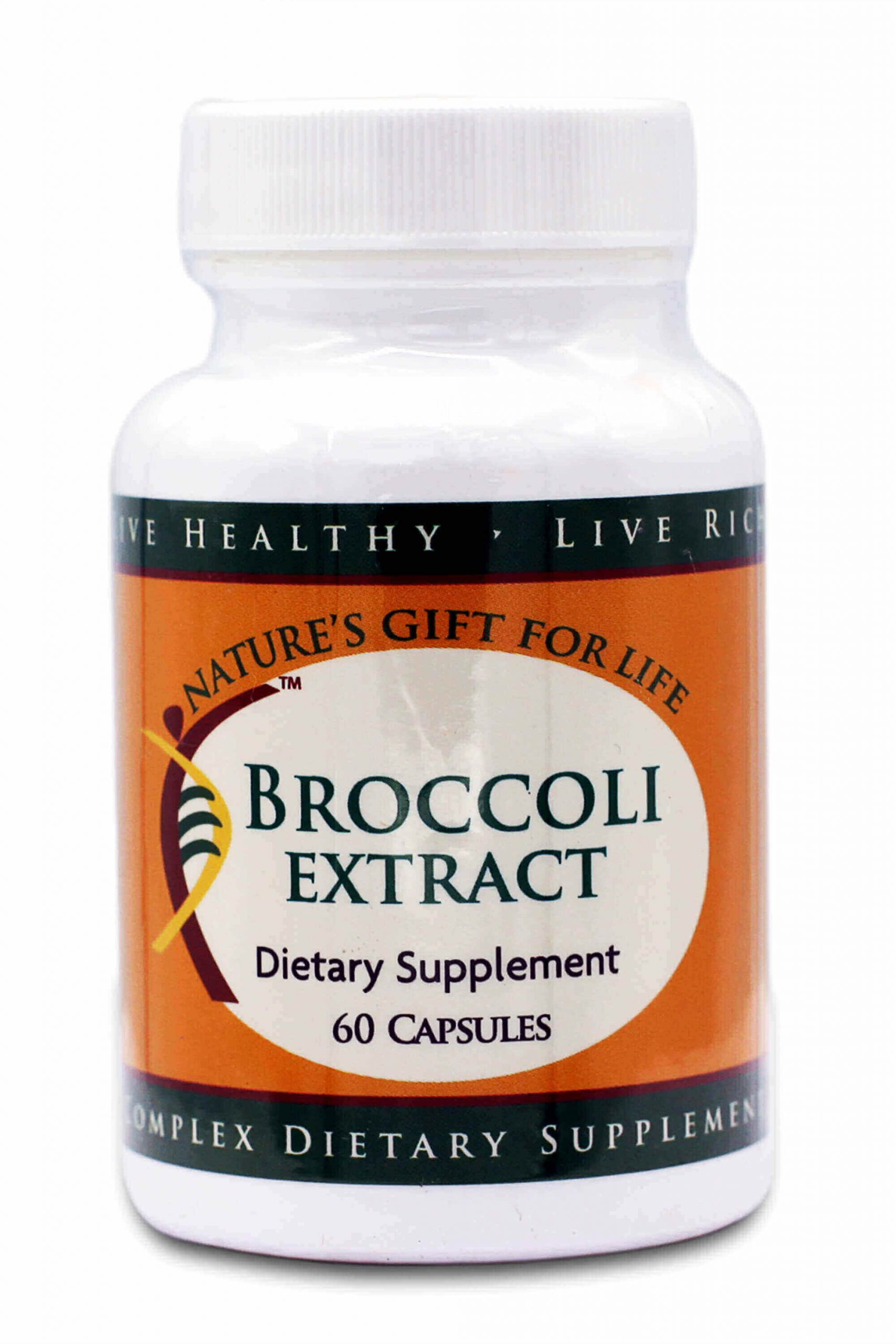
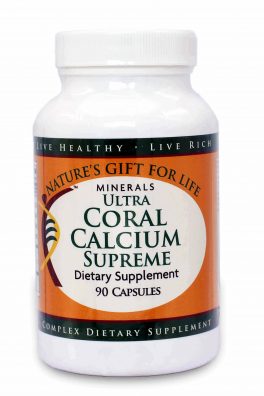
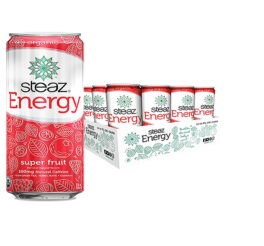
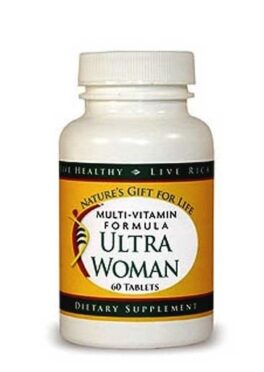
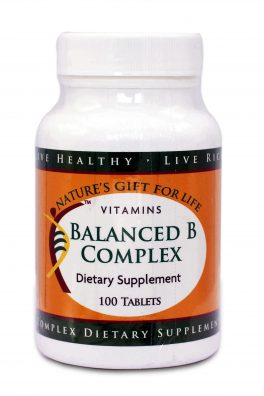
There are no reviews yet.